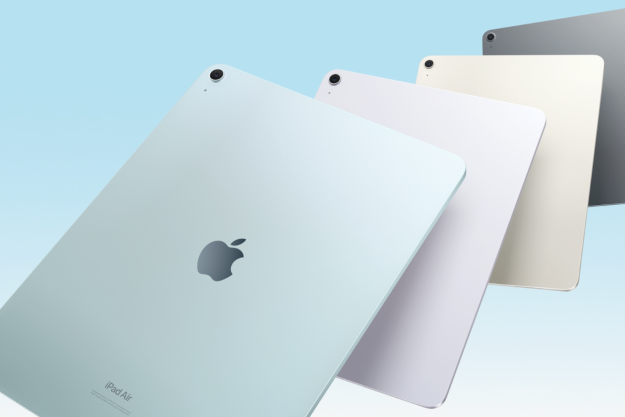He’s quoted as saying, “We will streamline the next version of Windows from three operating systems into one single converged operating system for screens of all sizes.”
This is evidence that we’ll likely see this change in Windows 9, and that it will bring together Windows, Windows Phone, and the Xbox platform. Microsoft will still sell multiple versions of its operating system, but underneath, they will have more in common with each other than ever before. “In the past we had multiple teams working on multiple versions of Windows,” Nadella explained, “Now we have one team.”
The change will directly affect developers, who will only have to write a single app – which Nadella called Universal Windows Apps – which will work across the entire Microsoft software family. This is great news for us, because anything that makes it easier to develop apps, means a bigger choice of better quality apps for us. It also makes sense for Microsoft, as it’s fully aware how a healthy app ecosystem can boost a product’s success.
Nadella continued to add that under the changes, it would bring together all its software stores, and commerce, indicating a single Microsoft app store would be coming, and that only one account would be needed to access it. Again, making it easier and clearer for people to buy apps should mean more app sales.
Microsoft isn’t waiting around to make Windows one, and Nadella has promised we’ll see this new approach soon. He said a low-cost version of Windows will be out by the holiday season, with Bing services at its heart, which would be followed by Windows Pro and Windows Enterprise later. There’s no indication of when Windows Phone or the Xbox platform will be updated.
Editors' Recommendations
- Your Phone in Windows 11 now shows recent apps
- How to connect your phone to an Xbox One
- The foldable Microsoft phone exists! Say hello to the Microsoft Surface Duo



